Sewing machines have revolutionized the way we create garments and fabrics in today’s world. Its all thanks to their ability making the process faster and more efficient for everyone.
One of its most integral components is the presser foot. For many it plays a crucial role in guiding and helping one stabilize the fabric during the stitching process.
But what if you find yourself without a presser foot in your machine? What do you do now? Can you still effectively sew? Yes, you can!
In this blog, we will explore the how, the techniques involved, and what to keep In mind.
1. Sewing Without a Presser Foot
Let’s begin by comprehending the role this tiny but component plays. Its primary function is to keep the fabric flat, ensuring it does not shift the garment or bunch during the sewing process.
So, in a nutshell, the Presser foot not only aids in achieving neatness and even stitches by preventing fabric distortion.
Also, depending on the types of presser foot you incorporate. Each is designed to achieve a specific purpose, such as straight stitching, zigzag stitching, quilting, and customization.
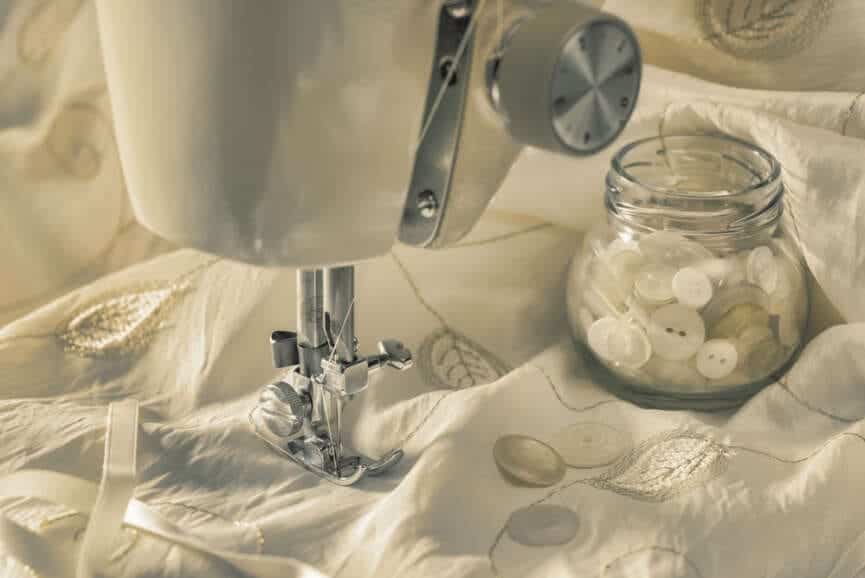
2. Techniques for Sewing without a Presser Foot
Now, let’s talk about the thing you’re here for! For the situations where one might need to sew without a presser foot, for example, when you are engaging in free-motion quilting or embroidery, find yourself working with thick fabrics or sewing in tight spaces.
In these particular cases, intentionally or unintentionally, the absence of a presser foot can provide greater flexibility and control during the sewing process.
However, it is essential to note that there is a skill issue. So, if you want to work without a presser, then you have to master specific techniques and precautions.
Here are the Top Three.
3. Moving the Fabric Manually
First and foremost comes manual fabric handling when it comes to sewing without a presser foot. Here’s a more detailed breakdown of how to do this technique:
3.1 Hand-guided Fabric Movement
First, you’ll need to take control of the fabric’s movement through the machine, as only when you maintain a consistent pace and tension can you ensure even stitches.
This can be easily achieved by holding the fabric with both hands. Here, you need to guide it carefully as you sew.
3.2 Using Fabric-Gripping Tools
Second, if you are having trouble with control and precision, then here you can employ fabric-gripping tools such as tweezers or fabric guides. For example, you can use tweezers with a textured grip to hold onto the fabric, preventing slippage or uneven feeding during the sewing process.
3.3 Applying pressure
Finally, remember while you are manually guiding the fabric, you may need to exert gentle pressure to keep it flat and prevent puckering or bunching.
The pressure you need to apply depends on the fabric type and thickness. As you can guess, thicker fabrics often require a bit more pressure to maintain proper alignment.
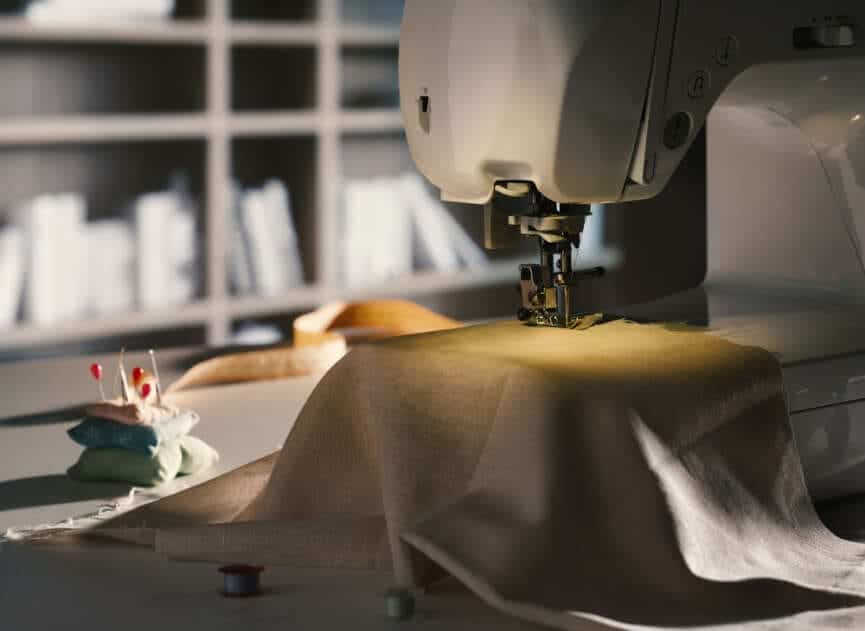
4. Using a Darning or Free-Motion Quilting Foot
The second way to do it effectively is to use a Darning. It is a free-motion quilting foot. It is a specialized presser foot designed for sewing without the constraints of a regular presser foot.
Here’s a how to use effectively:
4.1 Feed Dogs and Lowering the Presser Foot
First and foremost, when using darning, you typically lower the feed dogs or cover them with a special plate.
This allows you to disengage the fabric-feeding mechanism, which in turn will enable you to move the fabric freely in any direction during the process.
4.2 Securing the Fabric
Second, to begin sewing with this, start with your fabric in position and lower the darning or quilting foot.
Use a hoop or an embroidery frame to hold the fabric taut if you need it if you are going for delicate or intricate work.
5. Using a Different Type of Presser Foot
Now, in situations where sewing without a regular presser foot and getting a new one is impractical, alternative presser feet are a great solution. Here are some of the most popular options that people utilize when they find themselves without a proper presser foot:
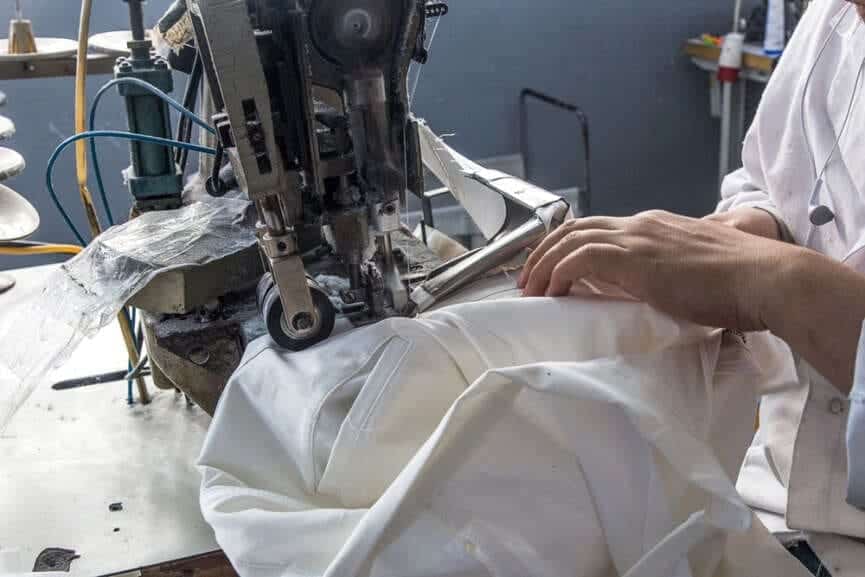
5.1 Roller Feet
First is the Roller feet. This one has small rollers on its underside, which help the fabric smoothly glide under the needle.
These rollers reduce friction during the process and make it easier to sew fabrics that might otherwise be difficult to maneuver. One such example are leather, vinyl, or heavy canvas.
Mainly, Roller feet are helpful in sewing long, straight seams if you are working with heavy materials.
5.2 Teflon Feet
Second is the Teflon presser feet. They are prevalent because they are constructed from a non-stick material, similar to Teflon-coated cookware.
Ultimately, this prevents the fabric from sticking to the foot. Even if you are working with some sticky or slippery fabrics like silk, these Teflon feet ensure smooth, snag-free stitching and are excellent for lightweight materials that need delicate care during the process.
5.3 Walking Feet
Last but not least, the third is walking feet. While not exactly a replacement, this walking foot attachment works in tandem with your presser foot.
If you have some functionality in your presser foot, you can utilize this for better control.
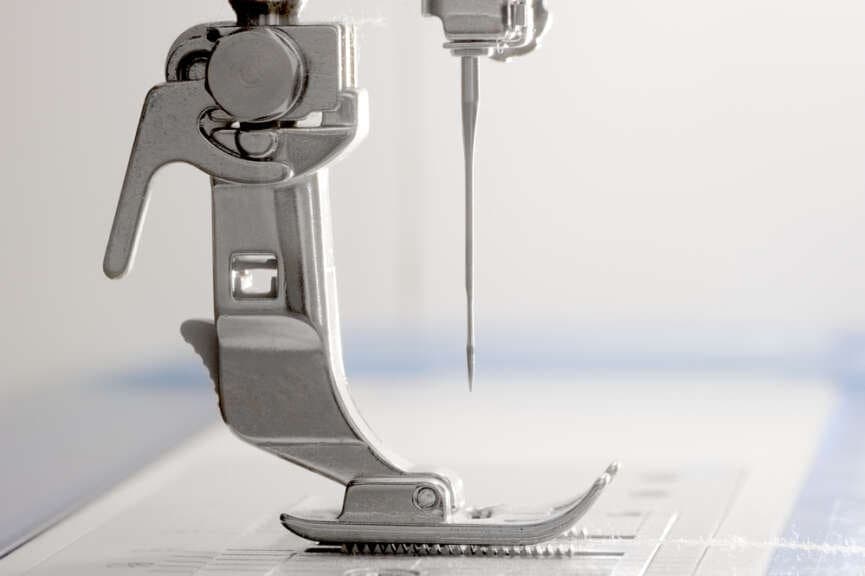
Conclusion
In a nutshell, it is the question of whether one can sew properly without a presser foot. It is a resounding “yes. You can” not only most sewing machines allow you use it without a presser foot, which is valuable in specific contexts but also easier to do if you follow the advice above.
Hopefully, you can get your answer to the question can you sew without a presser foot. Ultimately, the choice of sewing effectively without sewing machine presser foot depends on the project’s requirements, the sewer’s skill level, machine type like free motion sewing, and your chosen way to go about it to achieve your desired outcome.
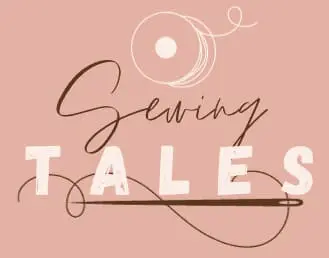

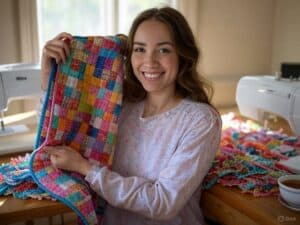
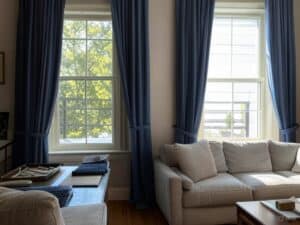
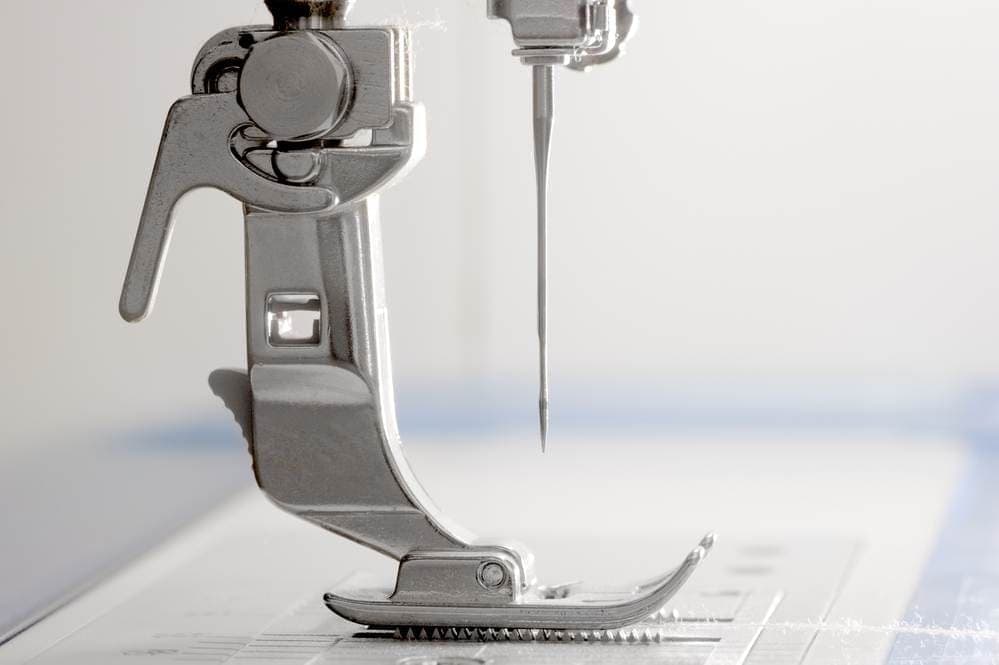
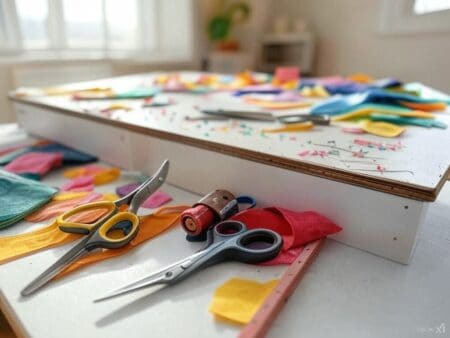
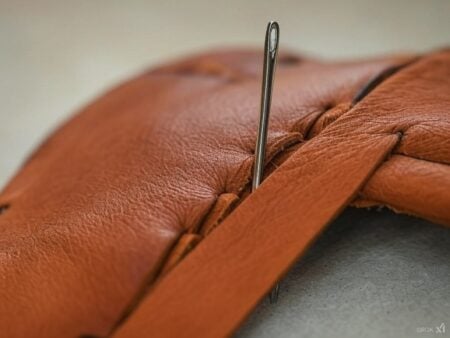
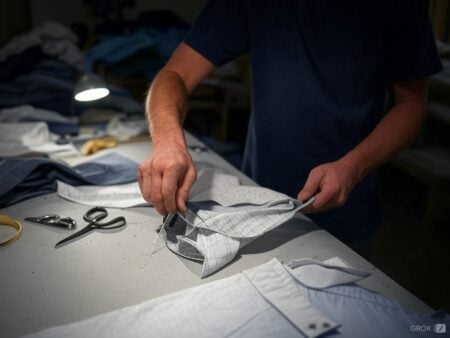
2 Comments
“An eye-opener for sewing rebels! This article explores the possibility of sewing without a presser foot, breaking down the norms. A must-read for those ready to venture beyond the conventional stitches.”
This article delves into the world of sewing machines and the often overlooked presser foot. The exploration of sewing without a presser foot is both intriguing and informative. It’s reassuring to know that effective sewing is still possible, and the insights into techniques and considerations add valuable knowledge for those navigating this aspect of garment creation.